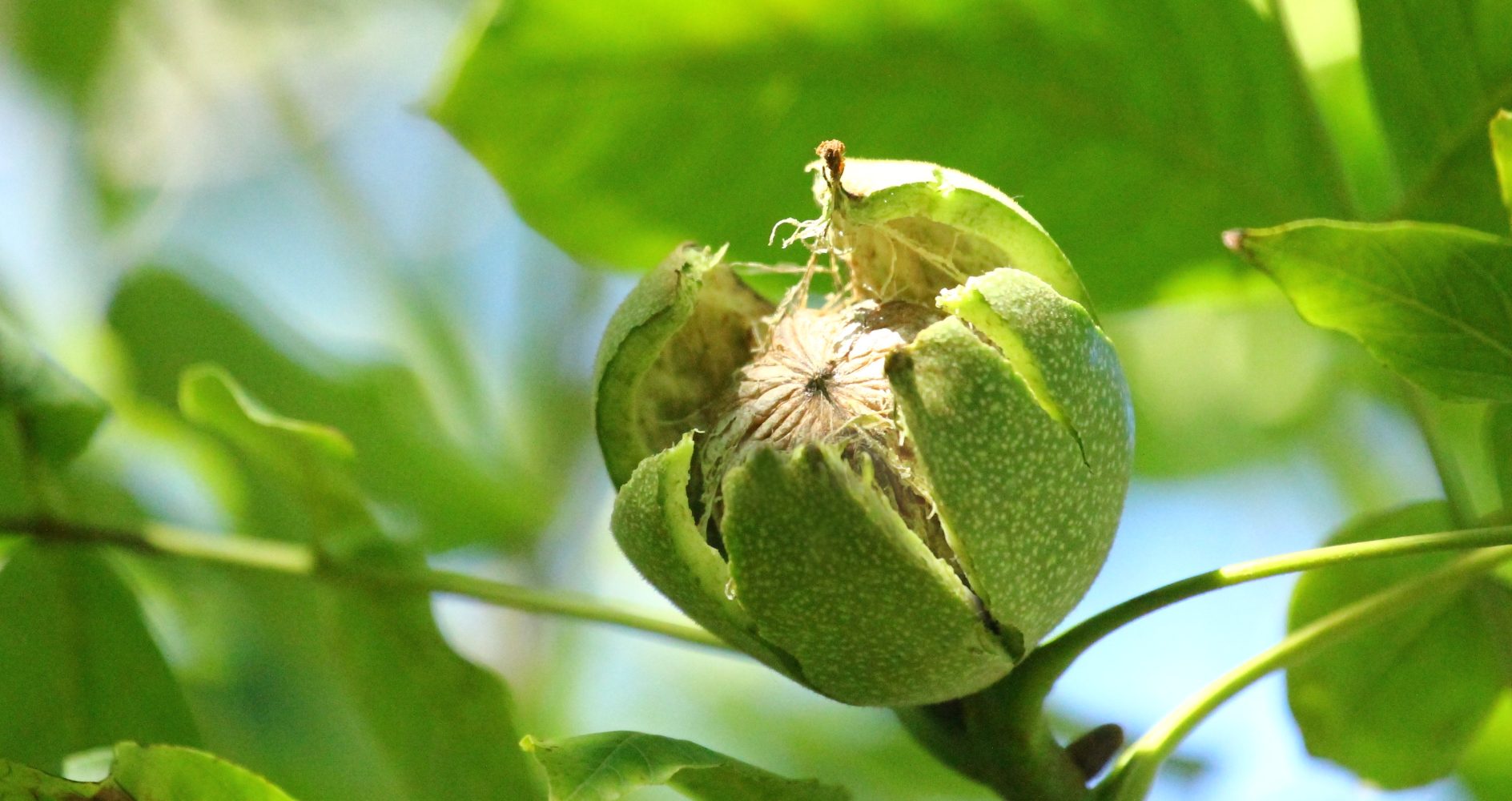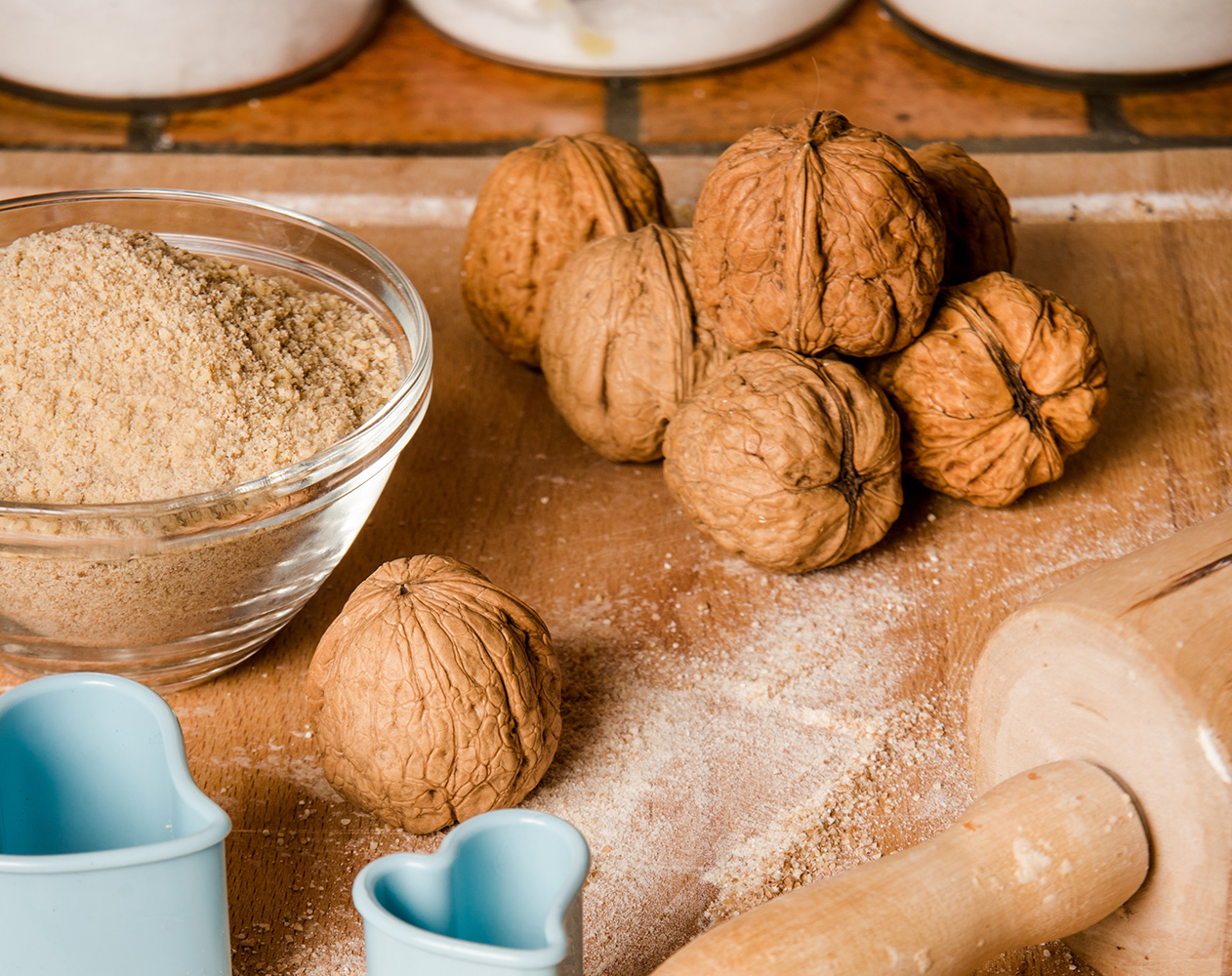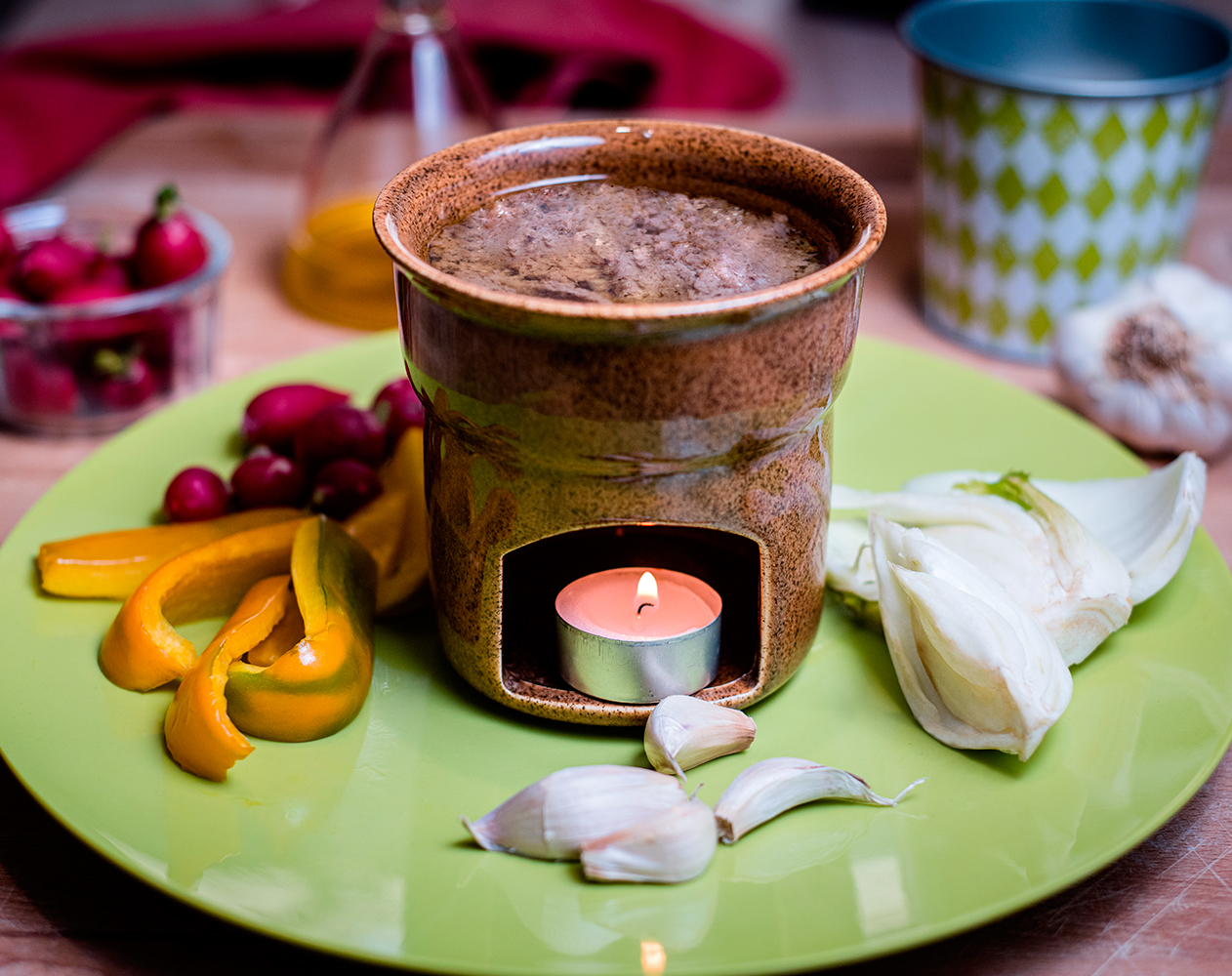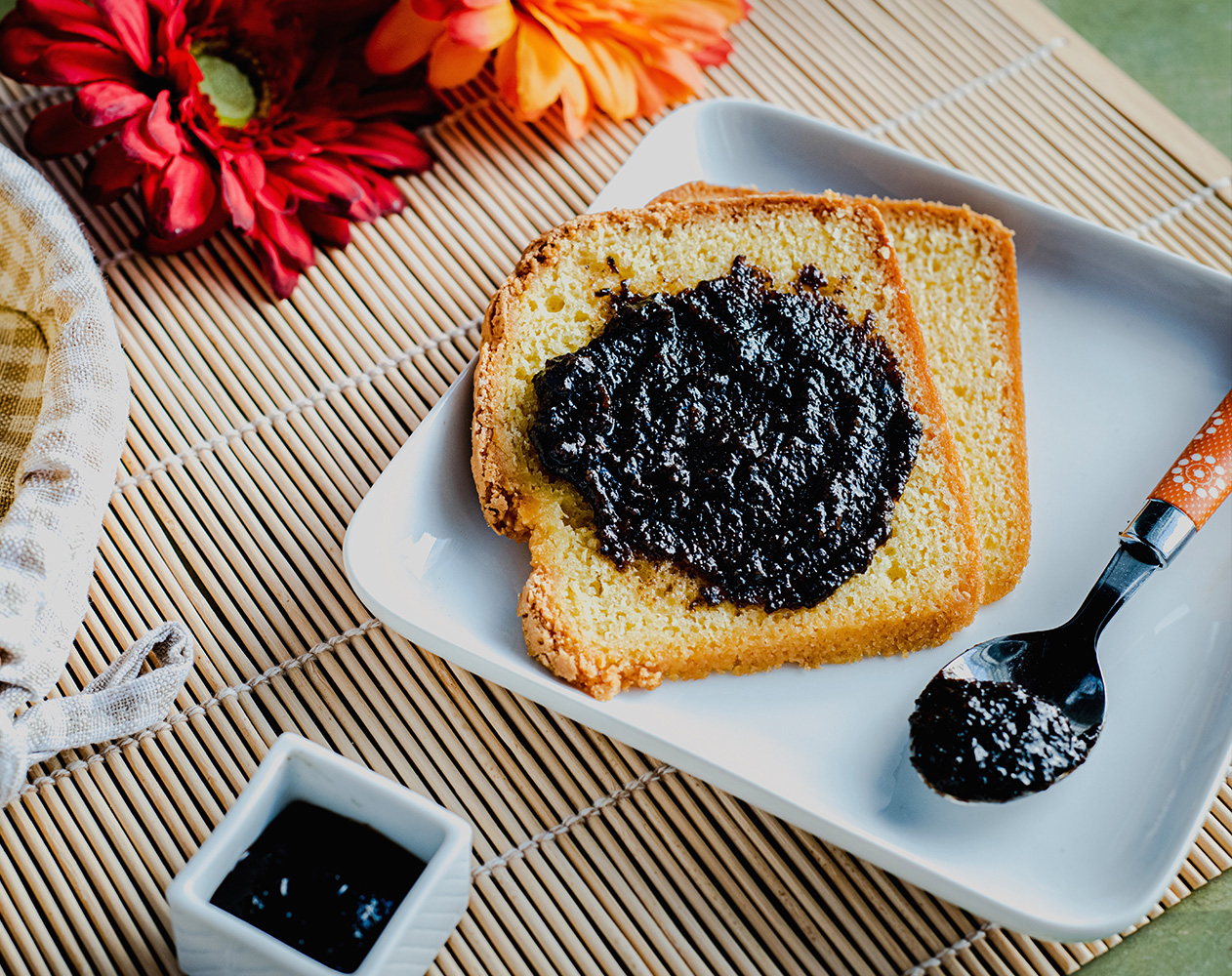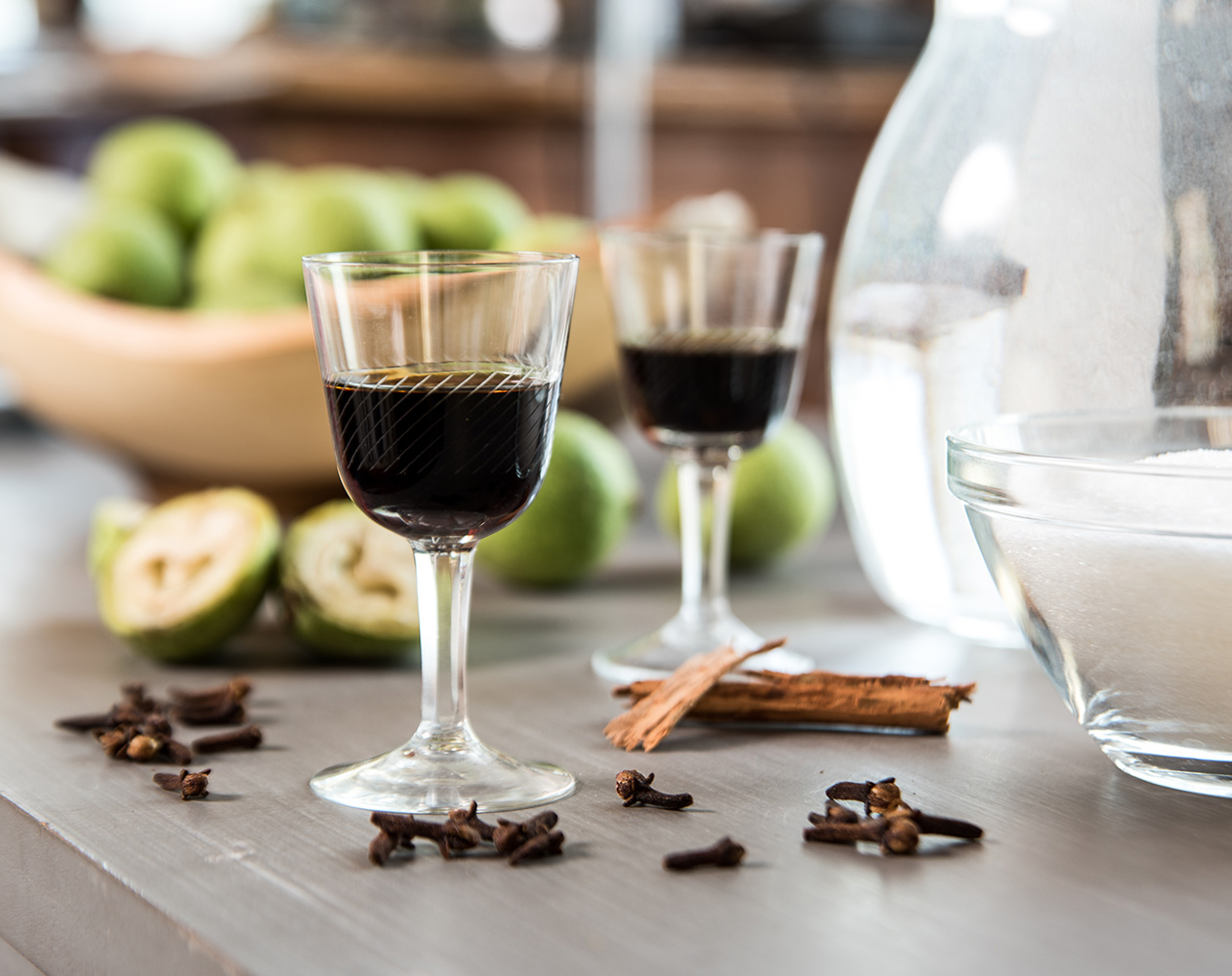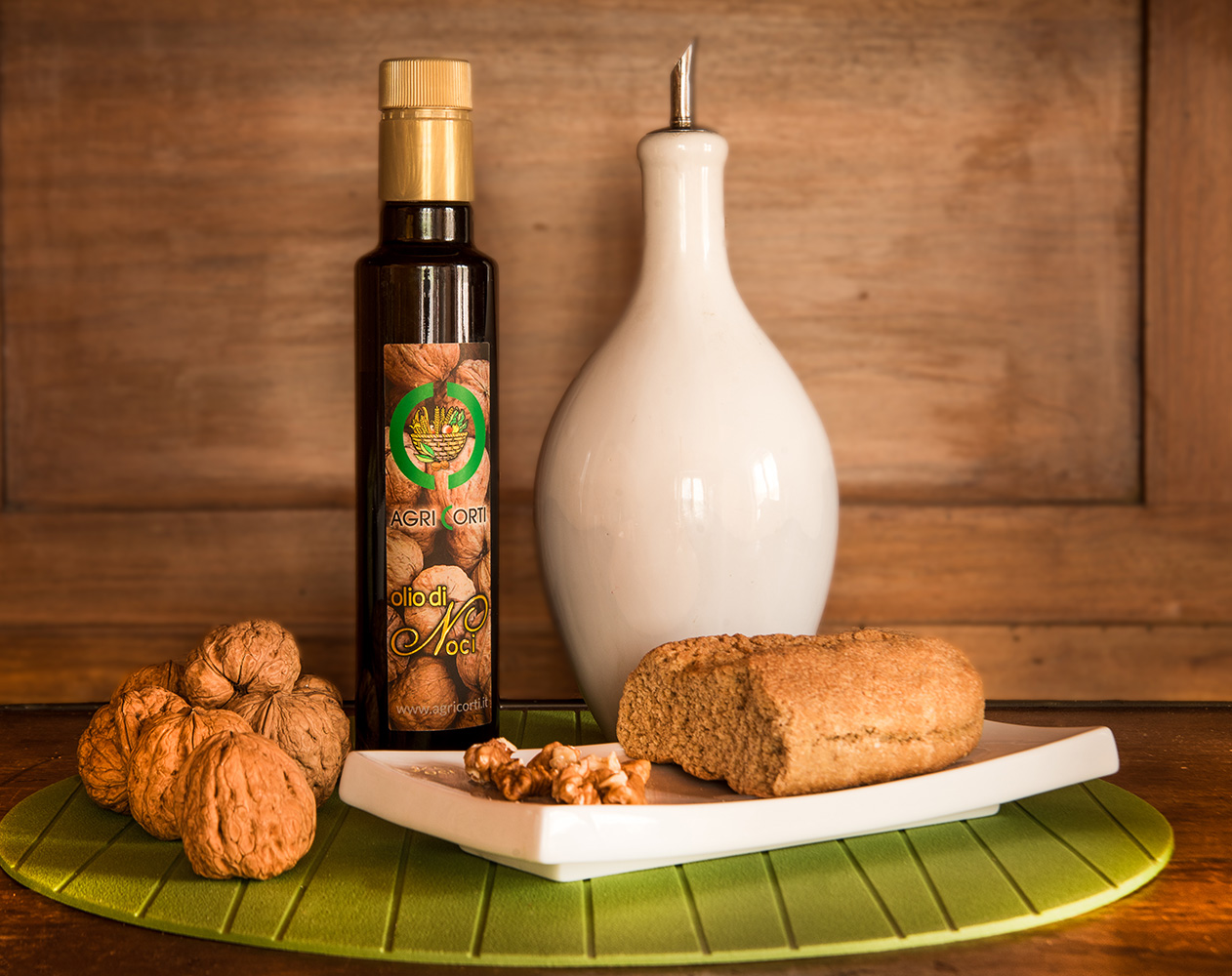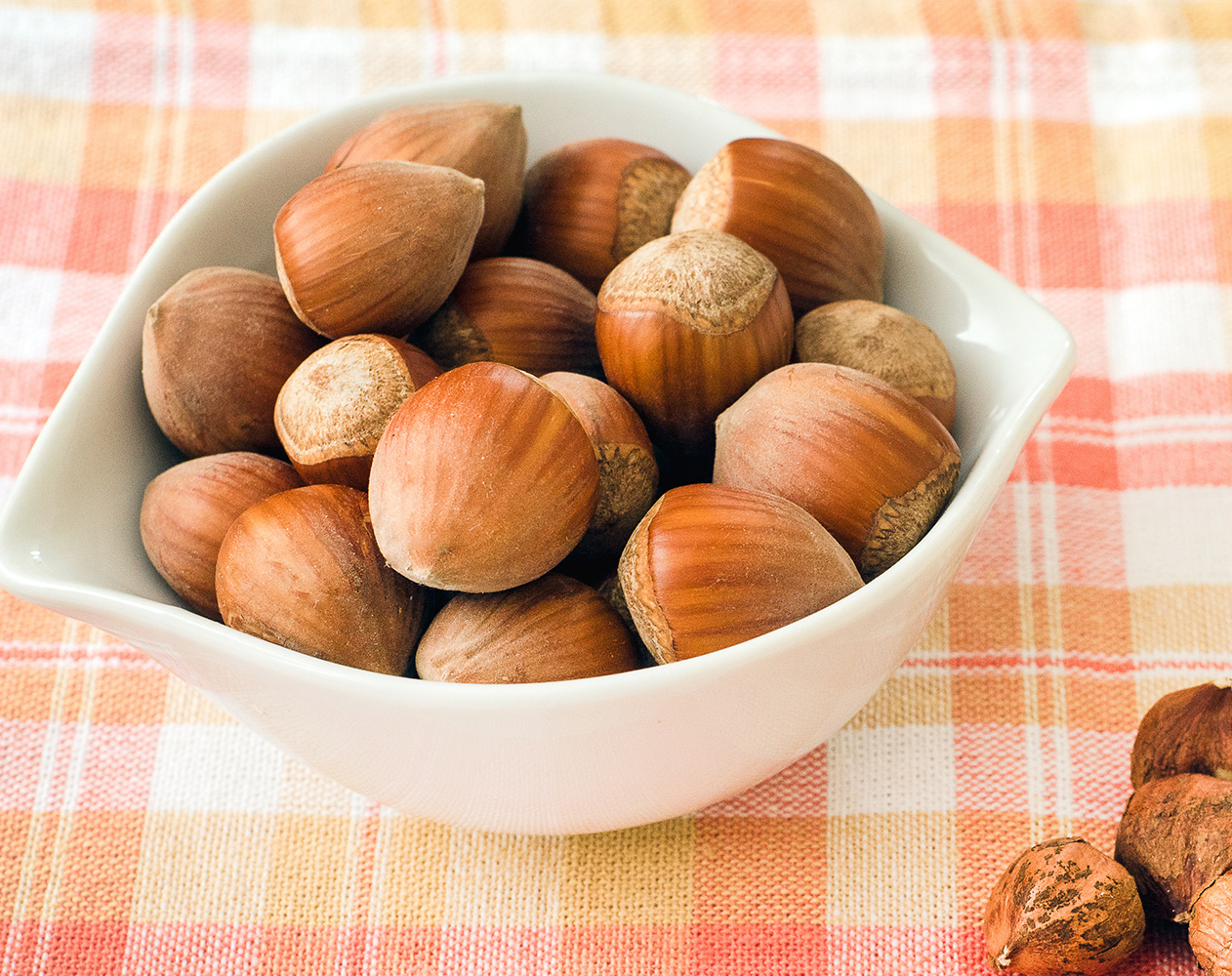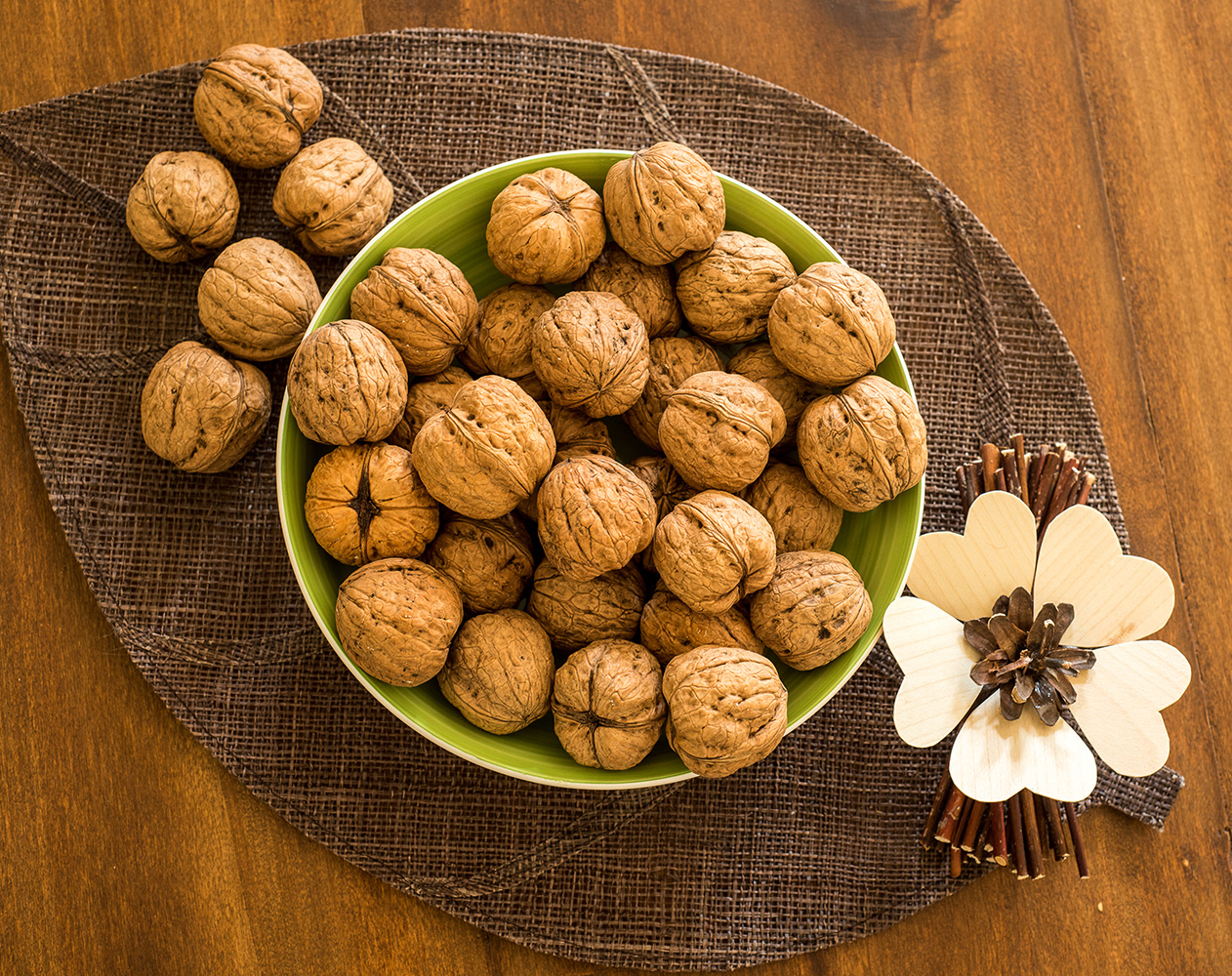Walnut husk: properties, uses and benefits
The walnuts we buy with the shell do not grow attached to the plant as we see them in the store. The shell is in fact protectedby an inedible pulpy layer, the mesh, which has a green colouration.
Thanks to the presence of tannins, with the passage of time, the colour of the husk turns from green to brown. Tannins are polyphenolic substances that have astringent, anti-inflammatory, antidiarrheal, antibacterial, haemostatic, vermifuge and antioxidant properties. For this reason, the walnut husk has been used since ancient times for healing, cosmetic and even rather curious purposes.
To treat worms, forexample, a concoction was prepared based on walnut husk and water, of which three cups had to be drunk every day until the disorder disappeared. The same procedure was used for vomiting. In this case, the preparation was sipped whenever it was deemed necessary.
The husk was also used as a natural dye to dye carpets and fabrics and is still used in cosmetics for hair and skin colouring through the use of powders or oils.
The powder obtained from the milling of dried husk is added to henna blends for the natural colouring of hair and is able to impart red-brown reflections to black and brown hair. When applied consistently, walnut husk is able to darken light hair over time and to cover grey hair.
The oil obtained from the squeezing of walnut husk is instead an excellent natural tanner, traditionally used to darken the skin of the face and body without having to resort to harmful tanning lamps.
Finally, to give the light wood the characteristic colour of walnut wood, walnut husk paint was created, by cooking the fresh husks in water, draining the liquid obtained and applying the obtained paint with a wool cloth.
And did you already know these unusual uses of walnut husk?
Bibliography:
- Encyclopaedia of medicinal herbs and plants – Tina Cecchini



 0131.887213
0131.887213 Carrello
⟨0⟩
Carrello
⟨0⟩





